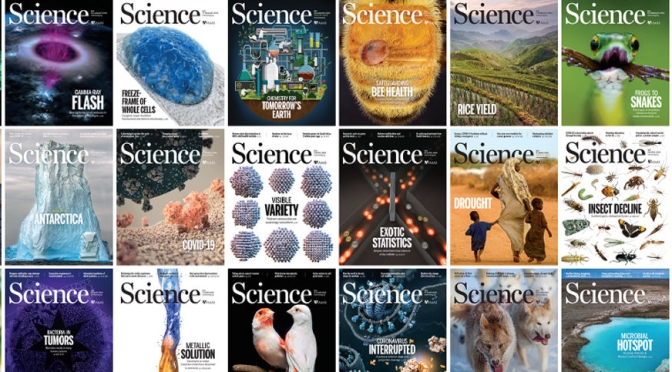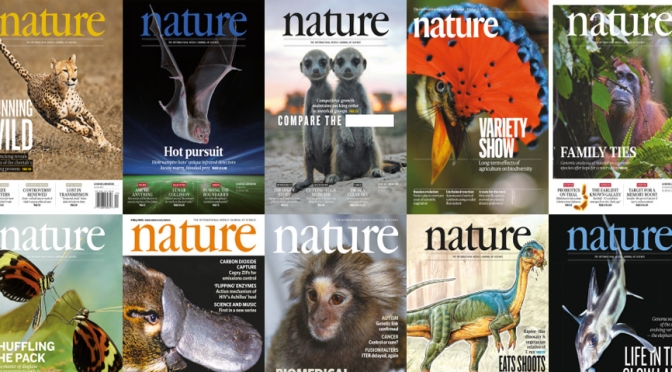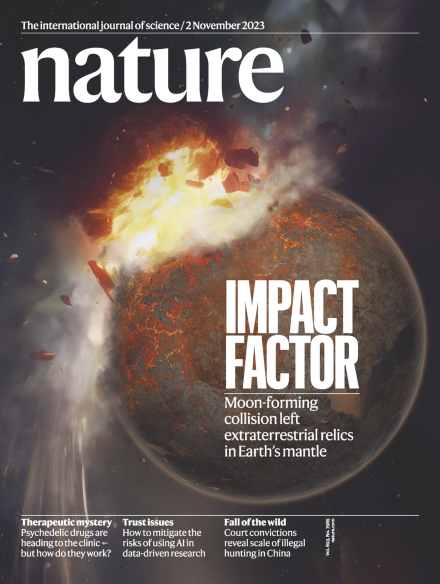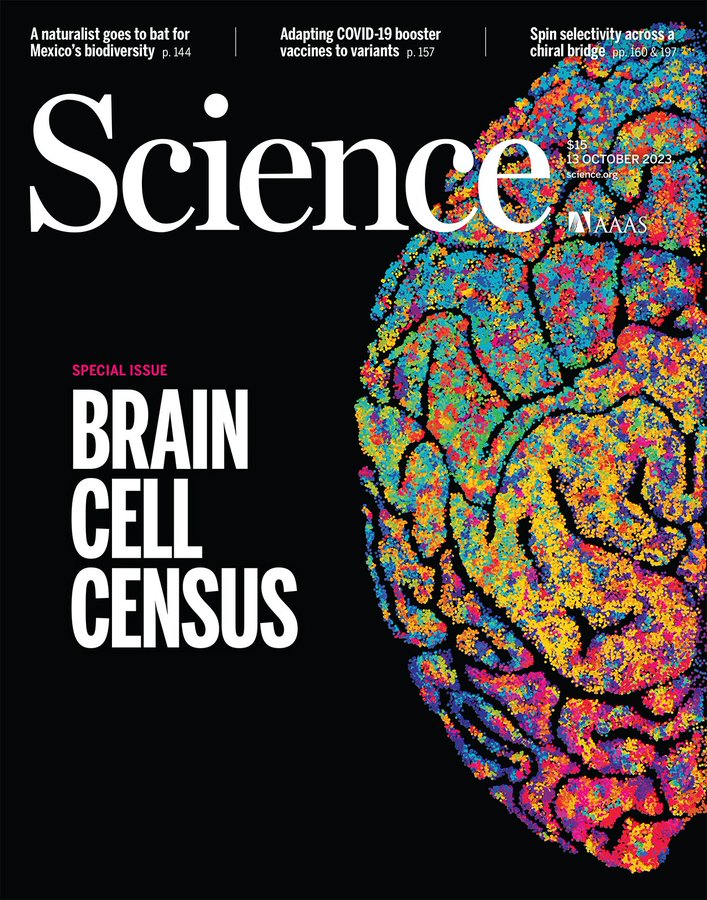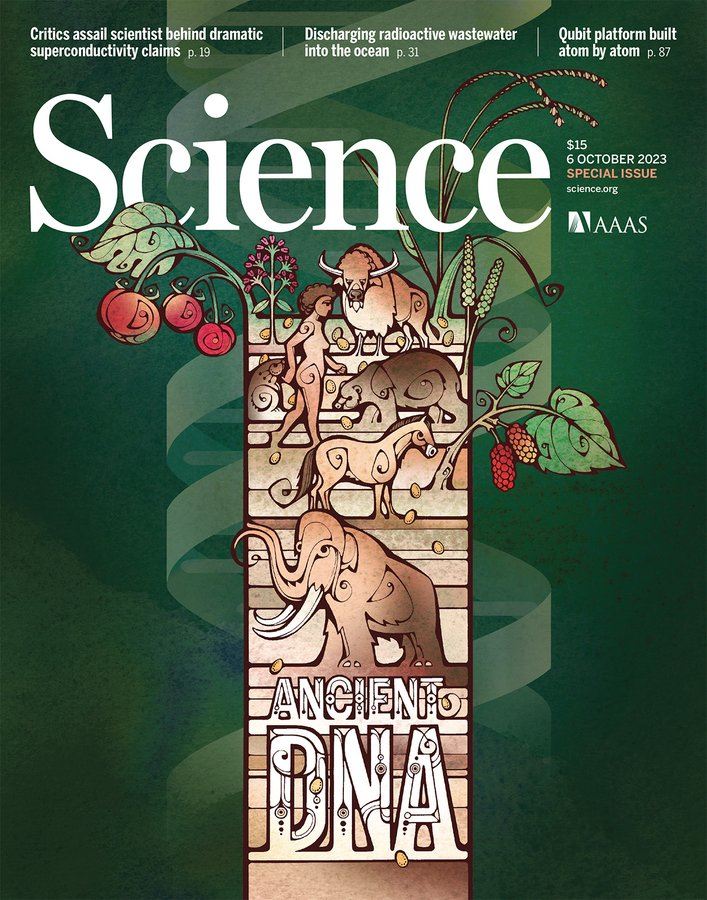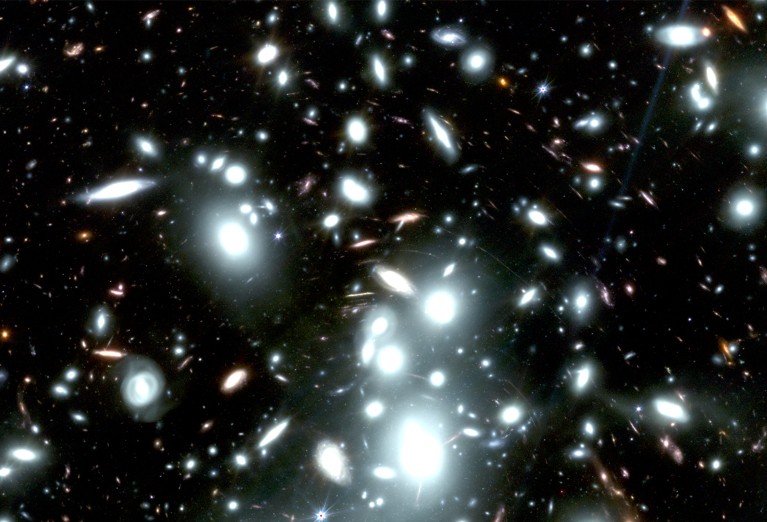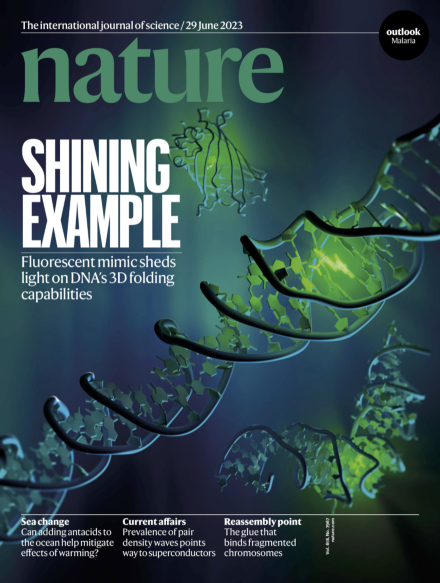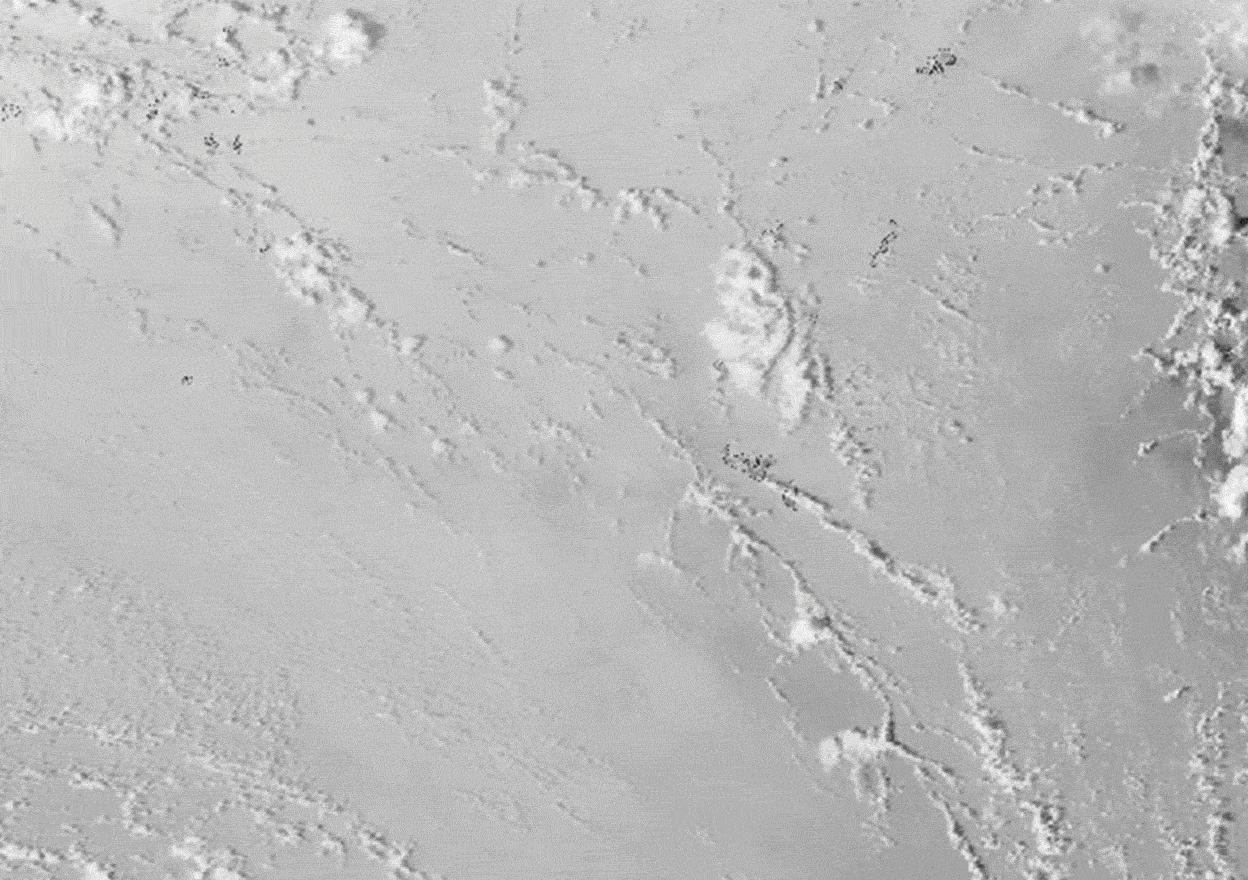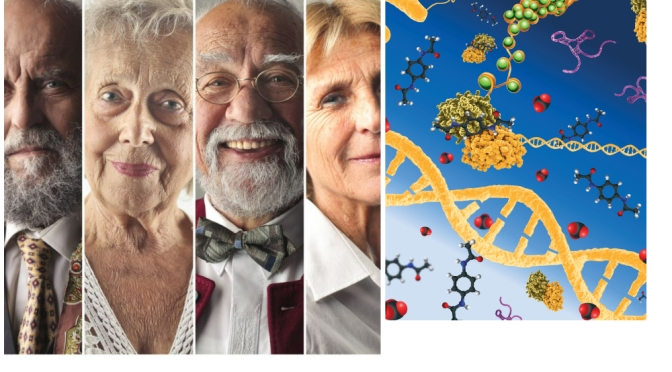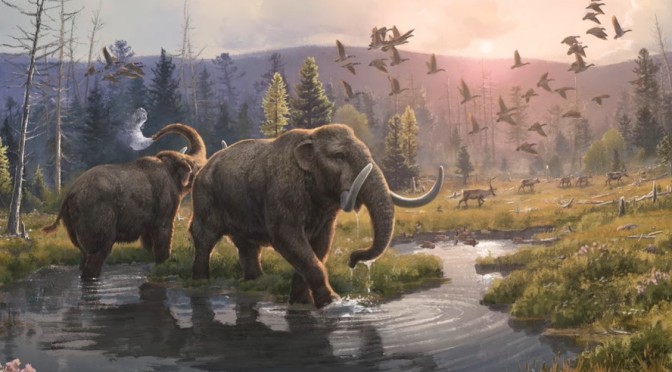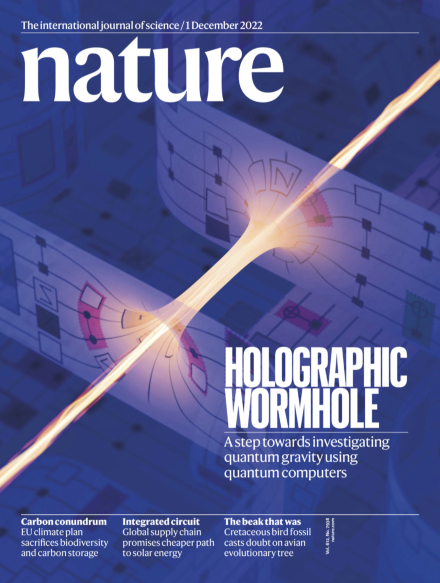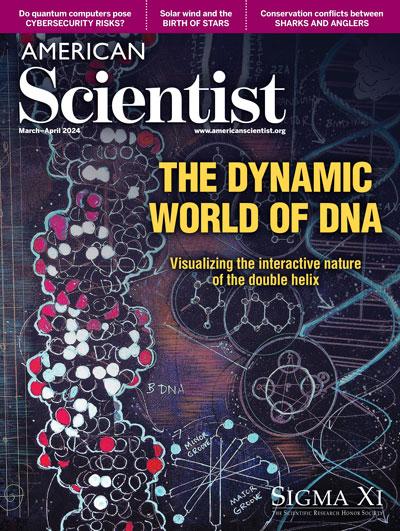
American Scientist (February 15, 2024): The latest issue features “Deconstructing DNA Beyond the Helix” – science educator and artist Caryn Babaian explores through illustration the molecular details and interactions that can affect DNA’s structure. She contends that for people to fully understand DNA, it must be shown in relationship to water.
Deconstructing DNA Beyond the Helix
An artist’s experimental approach to Rosalind Franklin’s Photo 51 reveals the molecule’s intricate biochemistry.
When Sharks Eat an Angler’s Haul
Tensions are rising as the ocean’s great predators nab fish on the line, inciting a major new challenge in human–wildlife conflict.


